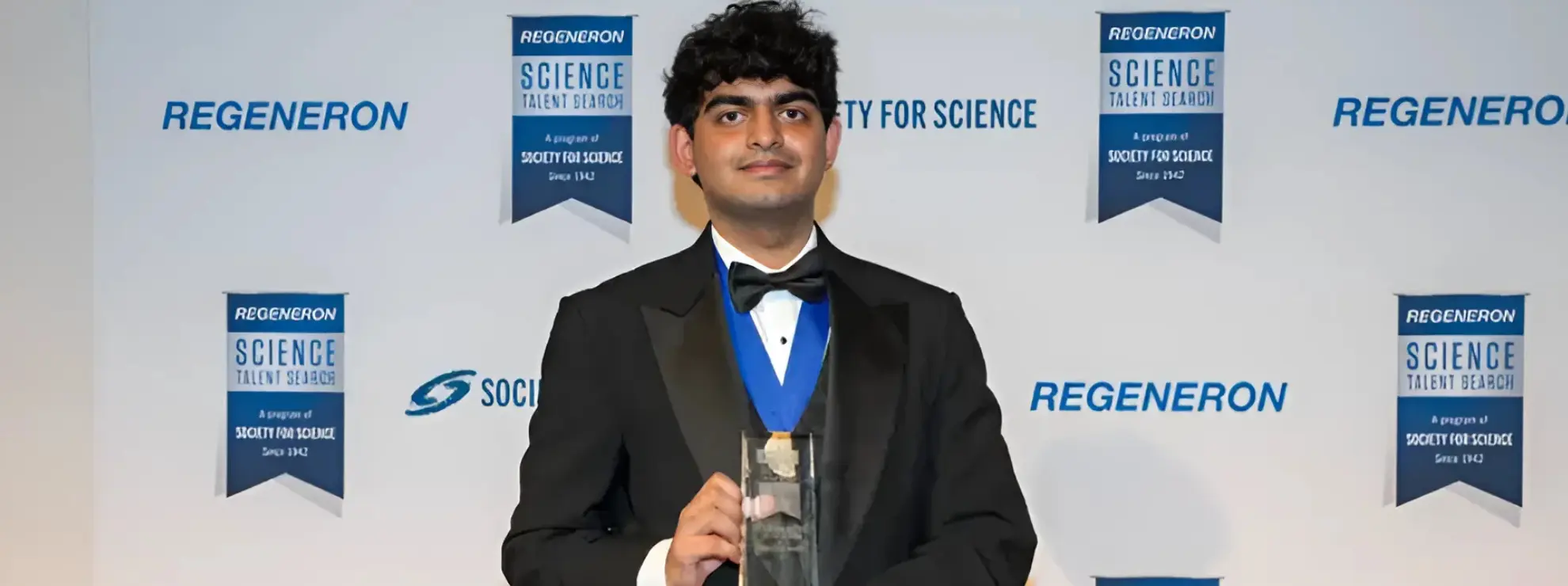(November 22, 2024) Achyuta Rajaram, a 17-year-old senior at Phillips Exeter Academy, stood on stage in Washington, D.C., shocked as his name was announced as the top winner of the 2024 Regeneron Science Talent Search. His project, which developed a method to identify the decision-making components of artificial intelligence (AI) systems, earned him the competition’s $250,000 prize. It was a moment of recognition for years of disciplined effort in understanding machine learning and pushing its boundaries.
“When they called my name, I honestly thought I might faint,” Rajaram recalled. “By the time they announced the first runner-up, I had fully accepted that I wasn’t in the top ten. I was genuinely happy for my friends and ready to celebrate their success.” Instead, the recognition was his.
The Regeneron Science Talent Search, often referred to as the “Junior Nobel Prize,” is one of the most prestigious STEM competitions in the United States. It challenges high school seniors to develop innovative projects while demonstrating academic versatility and depth. More than 2,000 students applied in 2024, competing in what organizers described as the largest entry pool since the 1960s.
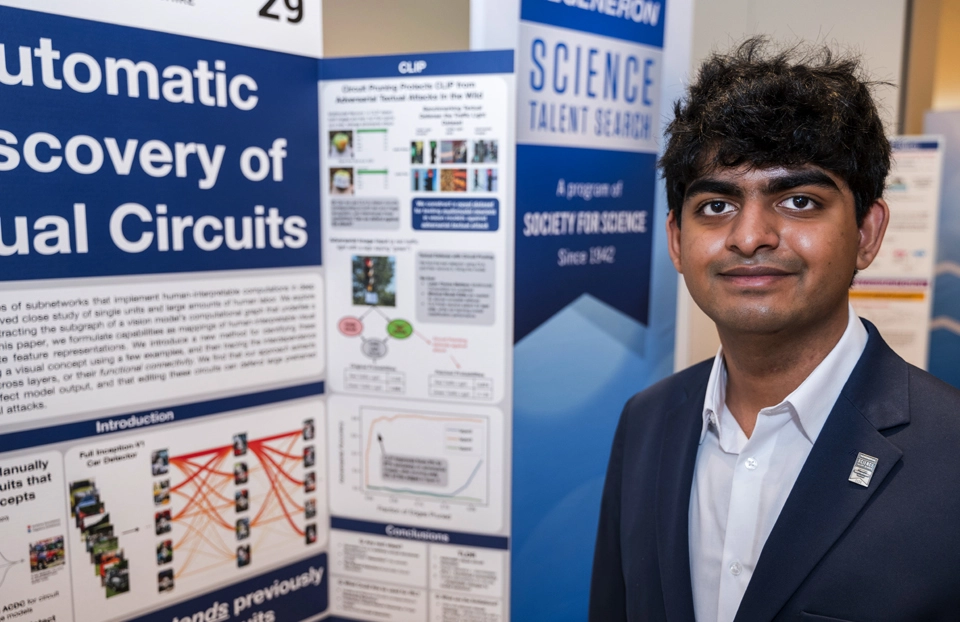
Addressing a key problem in AI research
Rajaram’s project addresses a key problem in AI research: understanding how models process information. While AI systems have become ubiquitous—generating images, diagnosing diseases, or driving cars—their decision-making processes often remain opaque. This lack of transparency creates risks, from unfair biases to dangerous misclassifications.
Rajaram’s method automates the identification of which parts of a model contribute to its decisions. “You can think of it like identifying which neurons in a human brain light up when you look at an image,” he explained. “Except here, it’s an algorithm, not a brain.”
This work is particularly relevant to image recognition models, which are used in applications ranging from facial recognition to autonomous vehicles. Rajaram tested his code on an open-source AI model and found that it helped resolve a significant flaw: misclassifying images when conflicting text appeared nearby. For instance, an image of a red traffic light labeled with the word “green” would sometimes be incorrectly identified as green. Rajaram’s method pinpointed and addressed the problem by isolating the components responsible for the misclassification.
“As AI models grow more complex, analyzing them manually becomes nearly impossible,” he said. “My goal was to create a tool that could automate this process, making these systems more reliable and safer to use.”
Early Influences and Support
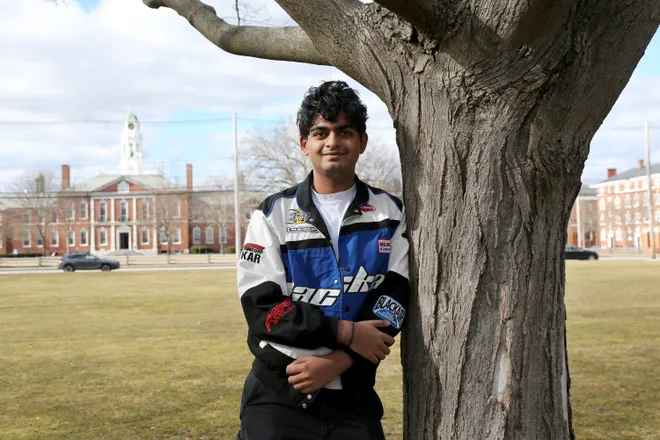

Rajaram credits his interest in computer science to his parents, who both worked in software engineering. “My parents met while working at IBM in India,” he said. “From a young age, they encouraged me to be around computers and learn coding.” This foundation gave him the confidence to dive into complex concepts and experiment with emerging technologies.
At Phillips Exeter Academy, Rajaram quickly stood out for his academic curiosity and leadership. He co-leads the school’s physics, chemistry, and chess clubs while maintaining a rigorous schedule. His interest in AI grew during his freshman year when he noticed that much of the research focused on natural language processing, such as chatbots, rather than image-based AI models.
“I saw a gap in the research and wanted to explore it further,” he said. “Images are central to so many AI applications, yet we don’t fully understand how these models interpret visual data.”
Rajaram’s project required more than curiosity—it demanded time, discipline, and expert mentorship. He worked closely with Dr. Sarah Schwettmann at the Massachusetts Institute of Technology, spending three days a week in her lab. Each week, he dedicated 25 to 30 hours to refining his code and testing its applications.
“Dr. Schwettmann’s guidance was invaluable,” he said. “She helped me think critically about the practical implications of my work and encouraged me to push the boundaries of what the project could achieve.”
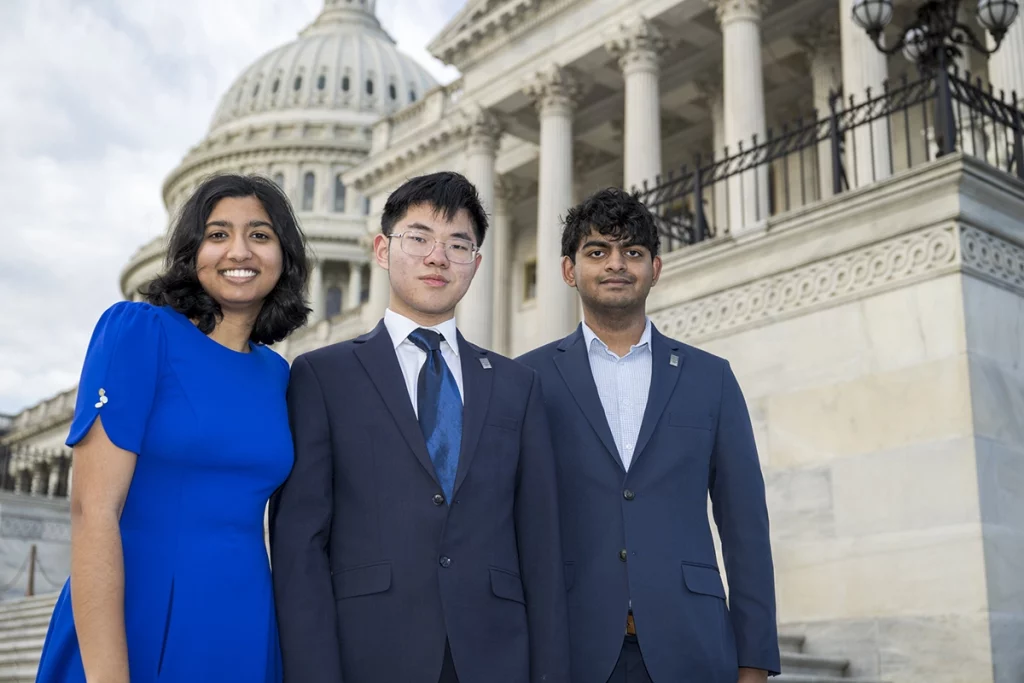

The winners of the 2024 Regeneron Science Talent Search
A Practical Impact
The practical applications of Rajaram’s research extend far beyond the competition. His method could be used to improve the transparency of AI systems in industries like healthcare, finance, and transportation. For example, in medical imaging, his approach could help identify how algorithms diagnose diseases, ensuring that decisions are based on relevant features rather than spurious correlations.
“There’s so much at stake when it comes to AI,” he said. “Understanding how these systems work is the first step toward making them better.”
Rajaram is already looking ahead to the next phase of his research. After graduating from Phillips Exeter Academy, he plans to attend the Massachusetts Institute of Technology, where he will major in computer science. His goal is to apply his method to a broader range of AI models, particularly those used in critical applications like autonomous driving and facial recognition.
“This is just one tool in a larger toolbox for understanding AI,” he said. “The more we know about how these models work, the more we can trust them—and improve them.”
Beyond the Lab
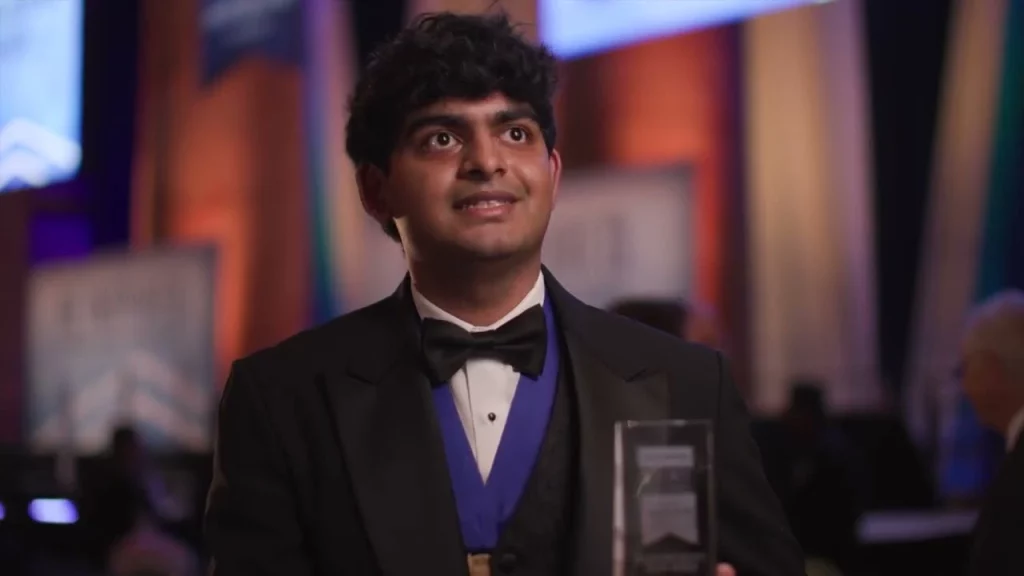

Despite his academic achievements, Rajaram finds time to enjoy the typical pursuits of a teenager. He is an avid jazz drummer and a devoted fan of chess, often competing in school tournaments. He also enjoys spending time with friends, frequently visiting local restaurants.
“My favorite dish is the honey spareribs at Szechuan Taste,” he shared with a smile. “It’s the best way to relax after a long week.”
His ability to balance rigorous academic work with extracurricular interests reflects a disciplined but grounded approach to life.
Advice for Aspiring Innovators
Achyuta Rajaram is aware that his achievement will inspire other young scientists, and he is quick to offer practical advice. “Be curious about everything, not just your chosen field,” he said. “The more you explore, the more you’ll find connections between different ideas. Most things become fascinating when you dig deep enough.”
He also emphasized the importance of persistence. “Research can be frustrating. There were times when my code didn’t work, and I felt stuck. But every failure taught me something new, and that’s what kept me going.”
A Future in AI
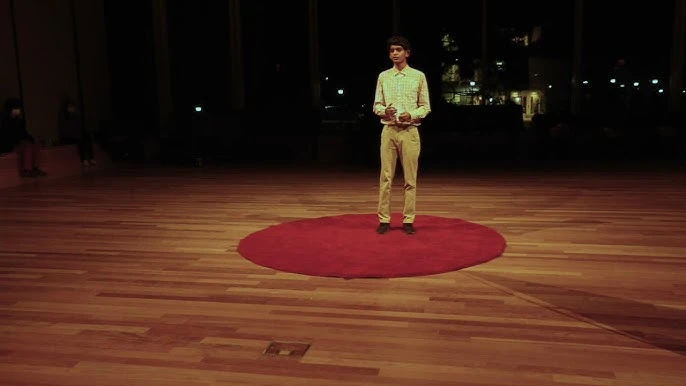

Rajaram’s work highlights the potential of young scientists to contribute to some of the world’s most pressing challenges. By improving the transparency and reliability of AI systems, his research addresses concerns that have long plagued the field.
His success at the Regeneron Science Talent Search is just the beginning. As he prepares to join MIT, Achyuta Rajaram remains focused on pushing the boundaries of what AI can achieve—and ensuring it serves society responsibly.
“I want my work to have a real impact,” he said. “There’s so much we still don’t know about AI, and I’m excited to be part of the effort to change that.”
At a time when artificial intelligence is reshaping industries, Rajaram’s contributions stand out for their clarity and purpose. His journey serves as a reminder of the importance of curiosity, discipline, and a commitment to understanding the systems that increasingly shape our world.
- Discover more fascinating Stories

